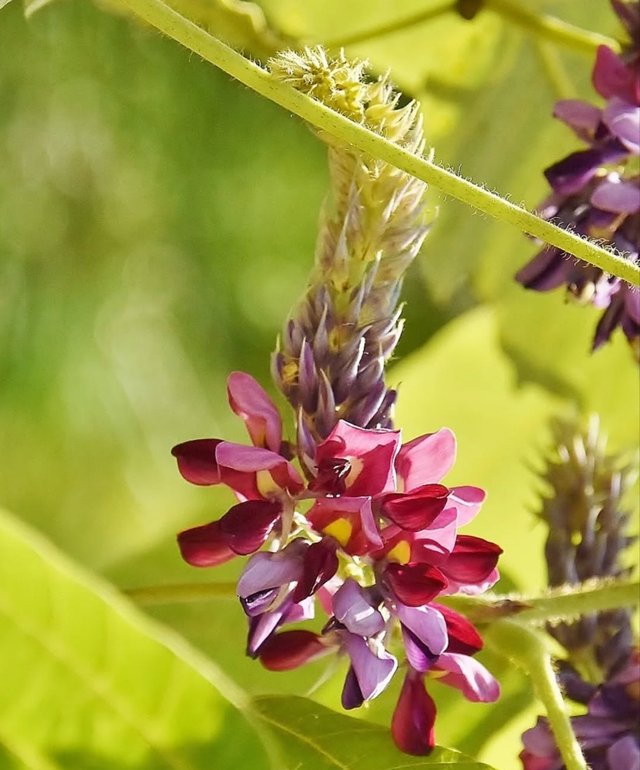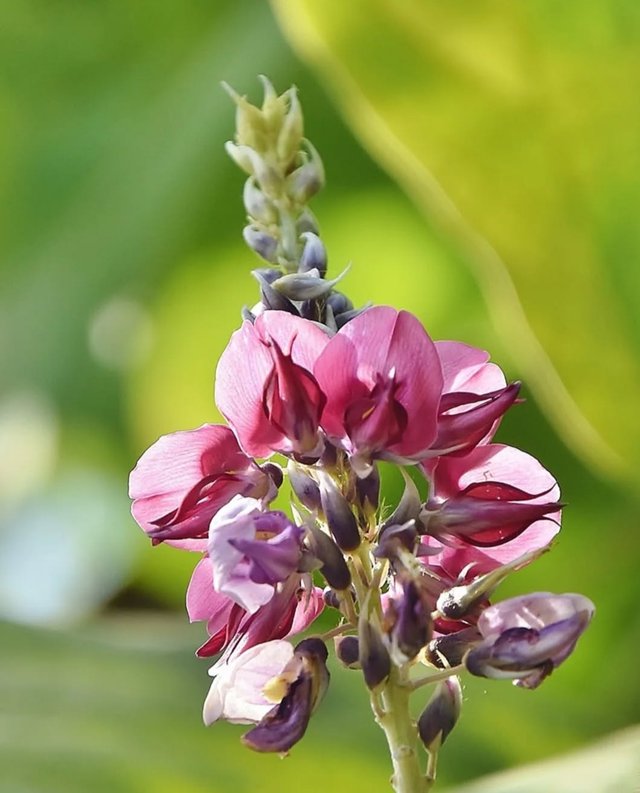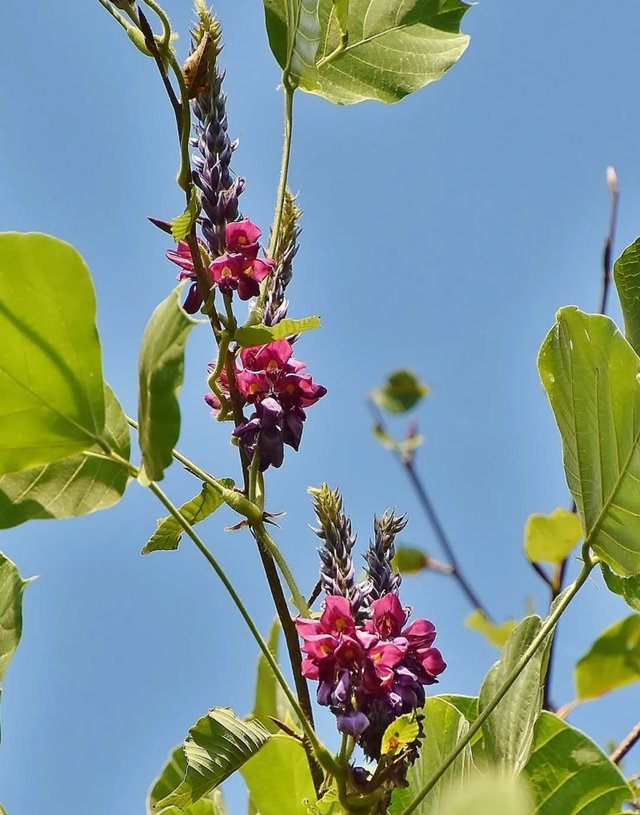Wonderful Afgekia Flower
Afgekia is a fascinating yet relatively lesser-known genus of flowering plants that deserves more attention from plant enthusiasts, botanists, and nature lovers alike. Belonging to the legume family Fabaceae, Afgekia is part of the tribe Wisterieae, which also includes familiar genera such as Wisteria and Callerya. While not as widely cultivated as its ornamental relatives, Afgekia carries its own unique charm, ecological value, and botanical importance.
Origins and Distribution
The genus Afgekia is native to Southeast Asia, primarily found in Thailand and neighboring regions. Its natural habitats are usually open woodlands, forest edges, or scrublands where it can climb and spread with support. The plants thrive in tropical and subtropical climates, enjoying ample sunlight and well-drained soils. Interestingly, the genus name Afgekia was coined in honor of the Dutch botanist Cornelis Gijsbert Gerrit Jan van Steenis, derived from his initials.
Botanical Characteristics
Afgekia species are woody, perennial climbers, capable of twining around trees and other structures for support. They are vigorous vines, much like Wisteria, but with distinct differences in their flowers and foliage.
Leaves: The leaves are pinnate, consisting of multiple pairs of leaflets. They are typically green, elongated, and slightly leathery, offering a lush canopy when the plant is mature.
Flowers: The blossoms are the real highlight of Afgekia. They grow in large, pendulous clusters called racemes. The flowers are often shades of pink, lilac, or pale purple, sometimes with a contrasting yellow or white throat. Their shape is characteristic of the pea family, with a banner petal, wings, and a keel. The overall appearance of the inflorescence is elegant and showy, making Afgekia an attractive ornamental climber.
Fruit: Like other legumes, Afgekia produces pods that contain seeds. These pods are often elongated and slightly hairy.
Currently, only a few species of Afgekia are recognized, including Afgekia sericea and Afgekia mahidolae, both of which are native to Thailand. Each species carries subtle differences in flower shape, size, and habitat preference.




%20(10).jpeg)